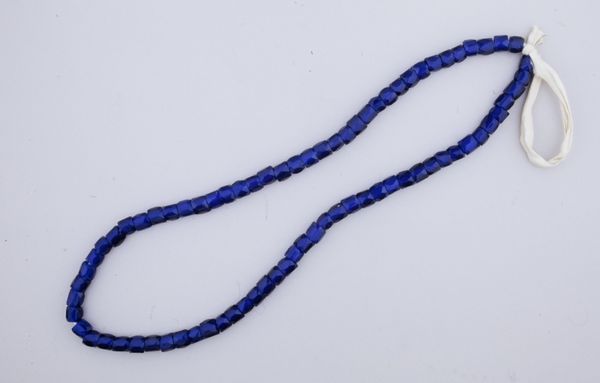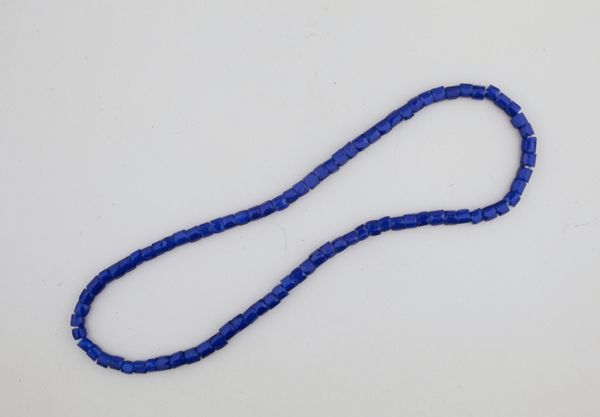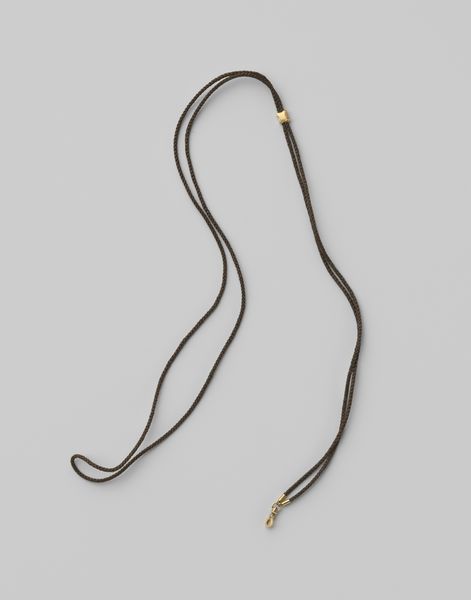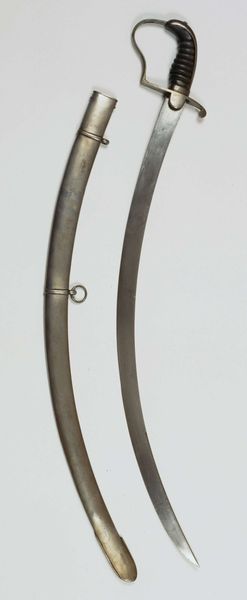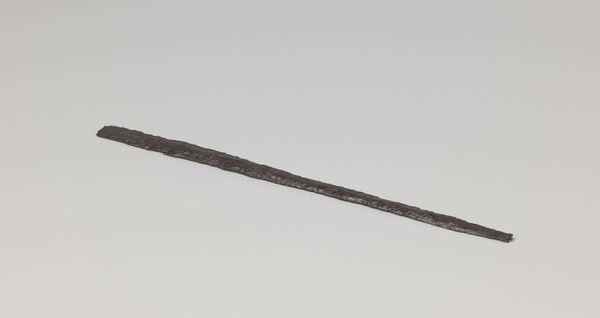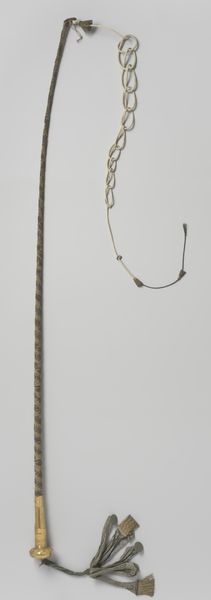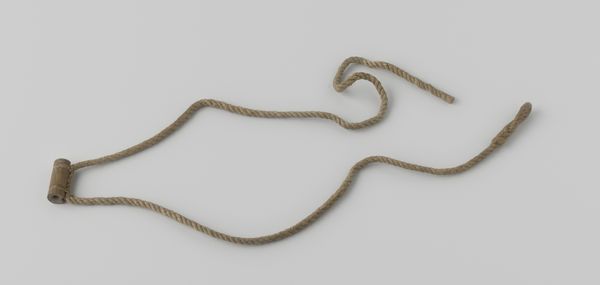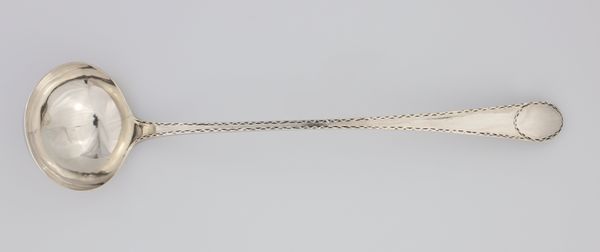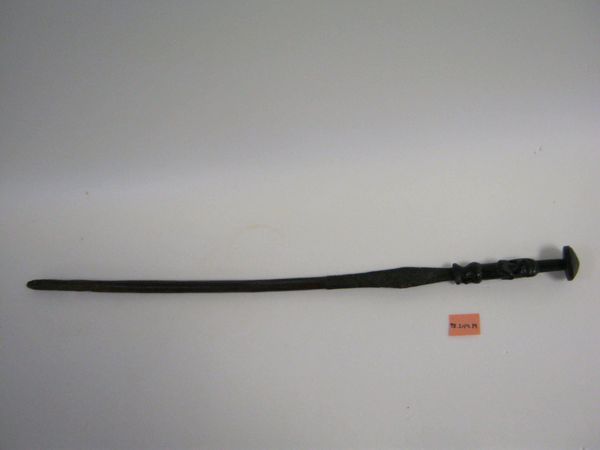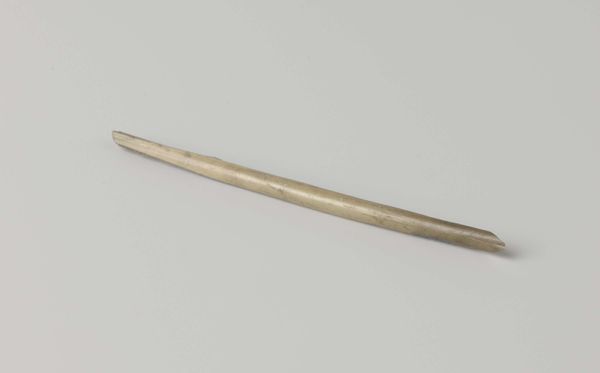
#
indigenous-americas
Copyright: Public Domain
Editor: This piece is a necklace by Navajo (Diné) artists, likely from the 20th century, now residing at the Minneapolis Institute of Art. Its simplicity strikes me; it appears to be just a delicate string of beads. How would you interpret this work, looking beyond the immediate aesthetic? Curator: I see this not merely as an ornament, but as a tangible record of labor and cultural exchange. Consider the materials: what are these beads made of, and where did they come from? Their materiality speaks to a network of trade, access, and the negotiation between indigenous craft and a larger consumer market. How does the repetitive act of stringing these beads reflect the daily life and the creative labor embedded in Navajo culture? Editor: That’s fascinating! So you're saying the necklace isn’t just decorative but a kind of historical document about material resources and the artist’s work. Does the 'line' style—that single strand—tell us anything about its purpose or context? Curator: Precisely. The linearity may seem simple, but look closer. Is there uniformity in the beads? Is the length standardized, suggesting a specific function within their society, such as trade or personal adornment during ceremonies? It challenges our traditional notions of "high art" by highlighting craft, process, and consumption, prompting us to consider the social conditions of its creation. Editor: It really reframes how I see it, from a pretty object to something imbued with history and labor. I wonder about the artist's intention, too. Curator: Absolutely. We must remember that such objects are never neutral. Investigating the maker's role, the resources involved, and the potential exchange value allows for a richer understanding beyond surface appreciation. What can it mean for those makers that it resides in a museum collection like the MIA today, where audiences consider its value in novel contexts? Editor: That makes me think about the relationship between the Navajo people and museums, and the complexities of cultural representation. Thanks, I'm walking away with a totally different perspective on Native American art. Curator: Indeed, this dialogue underlines the importance of examining not just the artwork itself but also the web of social and economic relationships that shaped its production and its present interpretation.
Comments
No comments
Be the first to comment and join the conversation on the ultimate creative platform.
